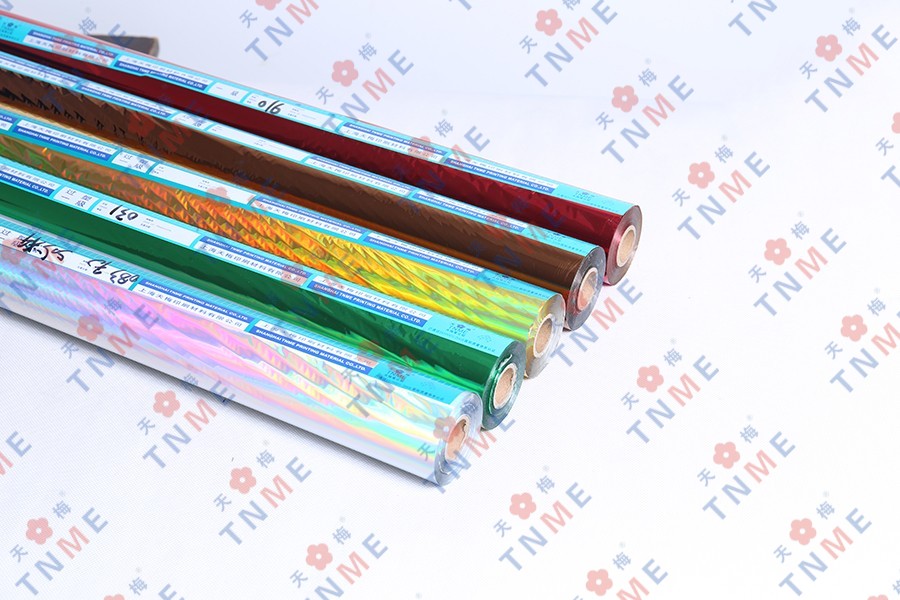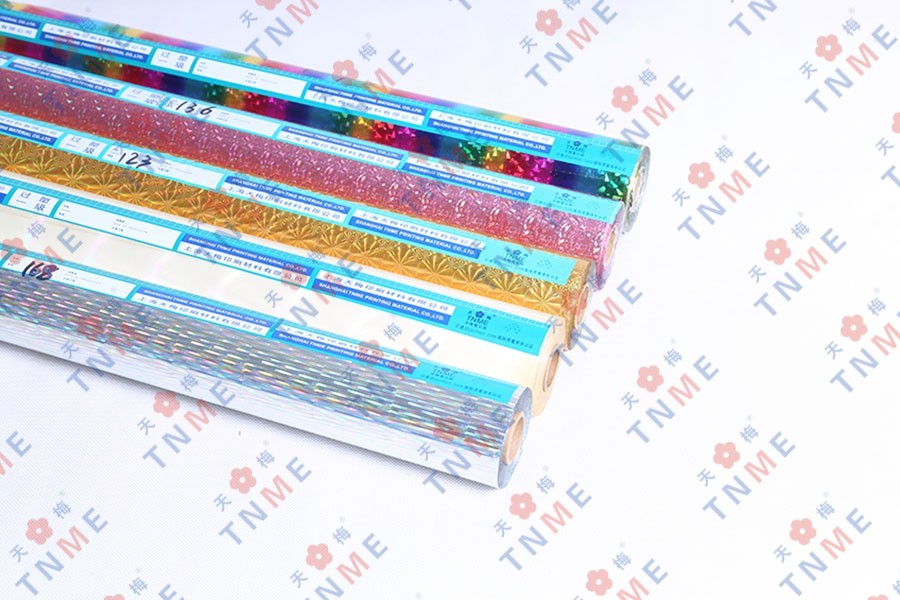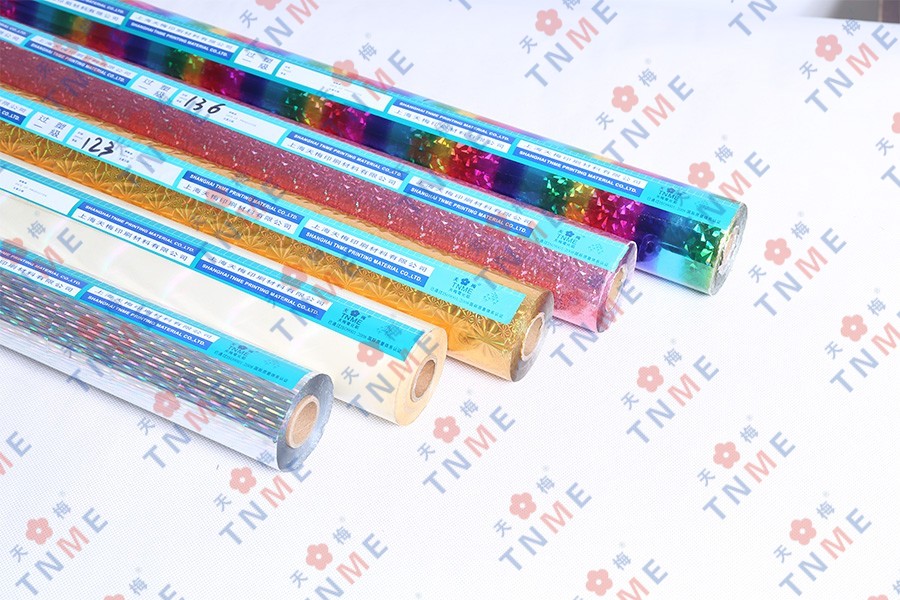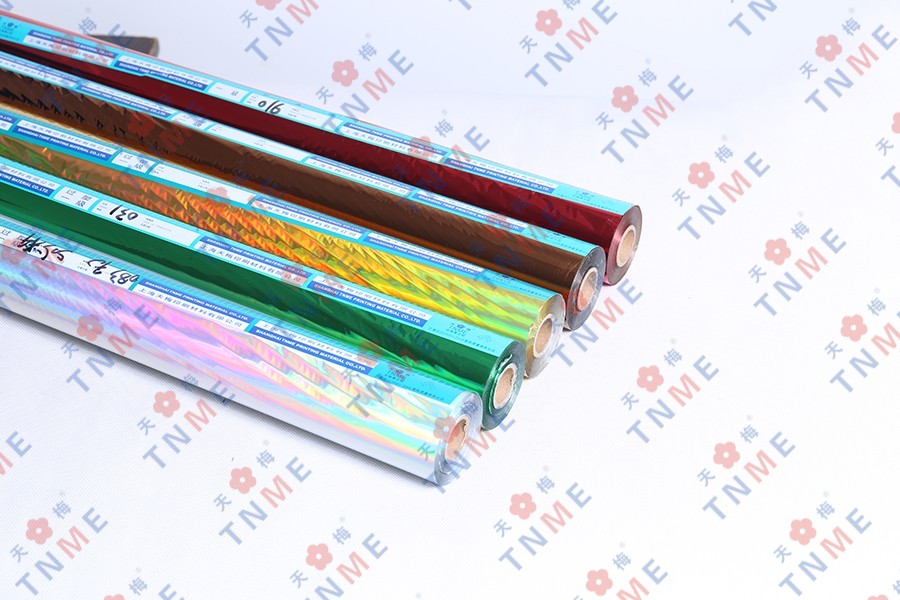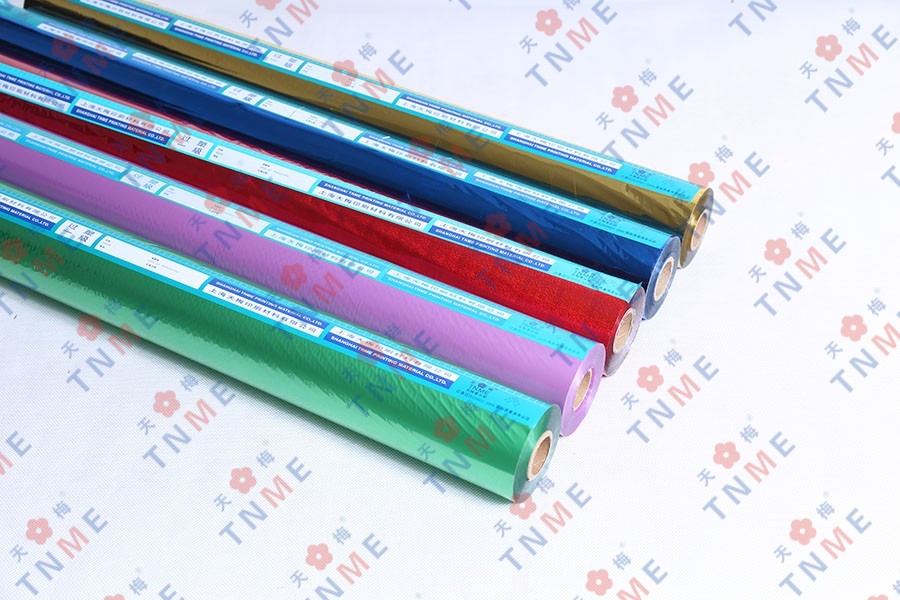Paper foil vs. plastic foil: a contest between resource conservation and environmental protection
In today's society, with the increasing awareness of environmental protection, people are increasingly inclined to sustainability in the selection and use of materials. Among the many packaging materials, paper foil and plastic foil are two common choices, each with its own characteristics and uses. However, in the context of resource conservation and environmental protection, the differences between the two are particularly prominent. This article will explore the advantages of paper foil as a recyclable and reusable material and compare it with plastic foil in order to provide readers with a clearer basis for selection.
Paper foil: a green choice with simple and efficient recycling
Paper foil, as the name suggests, is a foil-like material made of paper as the main raw material, commonly used in packaging, decoration and other fields. Compared with plastic foil, the biggest advantage of paper foil is the simplicity and efficiency of its recycling process. The recycling of paper foil does not require complex separation technology and can be directly reused through the recycled paper production process of paper mills, greatly reducing the cost and time of recycling. In addition, as a natural renewable resource, paper recycling and reuse not only helps save limited aluminum resources (because paper foil is sometimes used as a substitute for aluminum foil), but also effectively reduces environmental damage caused by aluminum mining, such as deforestation, soil erosion and biodiversity reduction.
Plastic foil: difficult to recycle, high environmental risk
In contrast, the recycling of plastic foil is much more bumpy. Plastic foil is mainly made of plastics such as polyethylene and polypropylene. These materials are difficult to degrade in nature, and long-term accumulation will cause pollution to soil and water bodies. More importantly, the recycling process of plastic foil is complicated. Different types of plastics need to be separated first, and then melted, purified and other steps can be made into plastic products again. In this process, not only is the energy consumption high, but it is also easy to produce harmful substances such as dioxins due to improper handling, causing secondary pollution to the environment. In addition, the recycling rate of plastic foil is generally low, and a large amount of plastic foil eventually flows into the ocean and becomes marine garbage, which seriously threatens the health of the marine ecosystem.
Dual considerations of resource conservation and environmental protection
From the perspective of resource conservation, the widespread use of paper foil can effectively reduce dependence on metal resources such as aluminum, reduce the intensity and frequency of resource exploitation, and thus protect the earth's natural resources. At the same time, the recycling and reuse of paper foil reduces the demand for new pulp, indirectly promotes the protection of forest resources, and maintains ecological balance.
In terms of environmental protection, the easy degradability and low pollution of paper foil make it a more environmentally friendly choice. In contrast, the long-term existence and difficult-to-degrade characteristics of plastic foil make it one of the main sources of environmental pollution. Especially in the marine environment, fragments of plastic foil are mistakenly eaten by marine organisms, leading to the destruction of the food chain and posing a potential threat to human health.




 English
English 中文简体
中文简体
